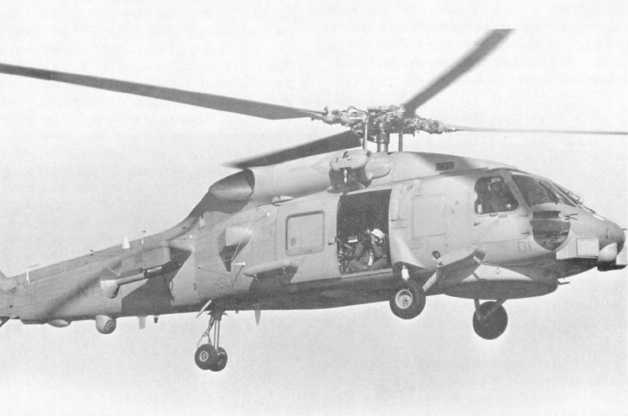anywhere in a motionless state. Most helicopter pilots
prefer to maintain some forward speed-at least enough
to make a safe landing in the event of engine failure.
An added advantage of maintaining some forward
speed is it reduces vibration. While the helicopter is
hovering, it vibrates excessively and the engine exhaust
oftentimes washes in front of you and the camera. Both
of these factors contribute to unsharp photographs.
There are two distinct advantages of using helicopters
for hand-held aerial photography. First, they have the
ability to maneuver in and out of places that are
inaccessible to fixed-wing aircraft. Second, they have
the ability to fly at low altitudes more safely than
fixed-wing aircraft.
If you have a choice of aerial photographic
platforms, consider an aircraft that can fly with a
window or door removed or open. By removing or
opening a window or door, you eliminate the need to
shoot through a glass or plastic window. This prevents
reflection problems, such as glare, that can result in
obscured image detail. Of course, you are unable to
open a "window" in a high-performance jet aircraft.
Navy helicopters have doors that can be completely
removed or opened while in flight. With the door
opened or removed from a helicopter, you have fewer
obstructions to obscure the view of the camera than in
a fixed-wing aircraft. You can generally sit with your
legs hanging out of a helicopter (fig. 4-13). This is both
convenient and comfortable for shooting your aerial
pictures. Additionally, sitting on the floor with your
legs out of the helicopter gives you a stable body
position. It also enables you to lean out and see the
target as you approach it.
CAMERA SELECTION
The best camera for hand-held aerial photography
is probably the one with which you are most familiar.
This does not mean that you should disregard the
excellent hand-held 70mm aerial cameras. If you have
access to any of these aerial cameras, by all means give
them a try. You may find them very much to your liking.
These aerial cameras are top of the line and are capable
of producing photographs of the highest quality.
What type of pictures are you going to take? What
will they be used for? These factors have a big influence
on what camera you select—35mm for slides or 120mm
Figure 4-13.—Photographer shooting from helicopter.
4-13

